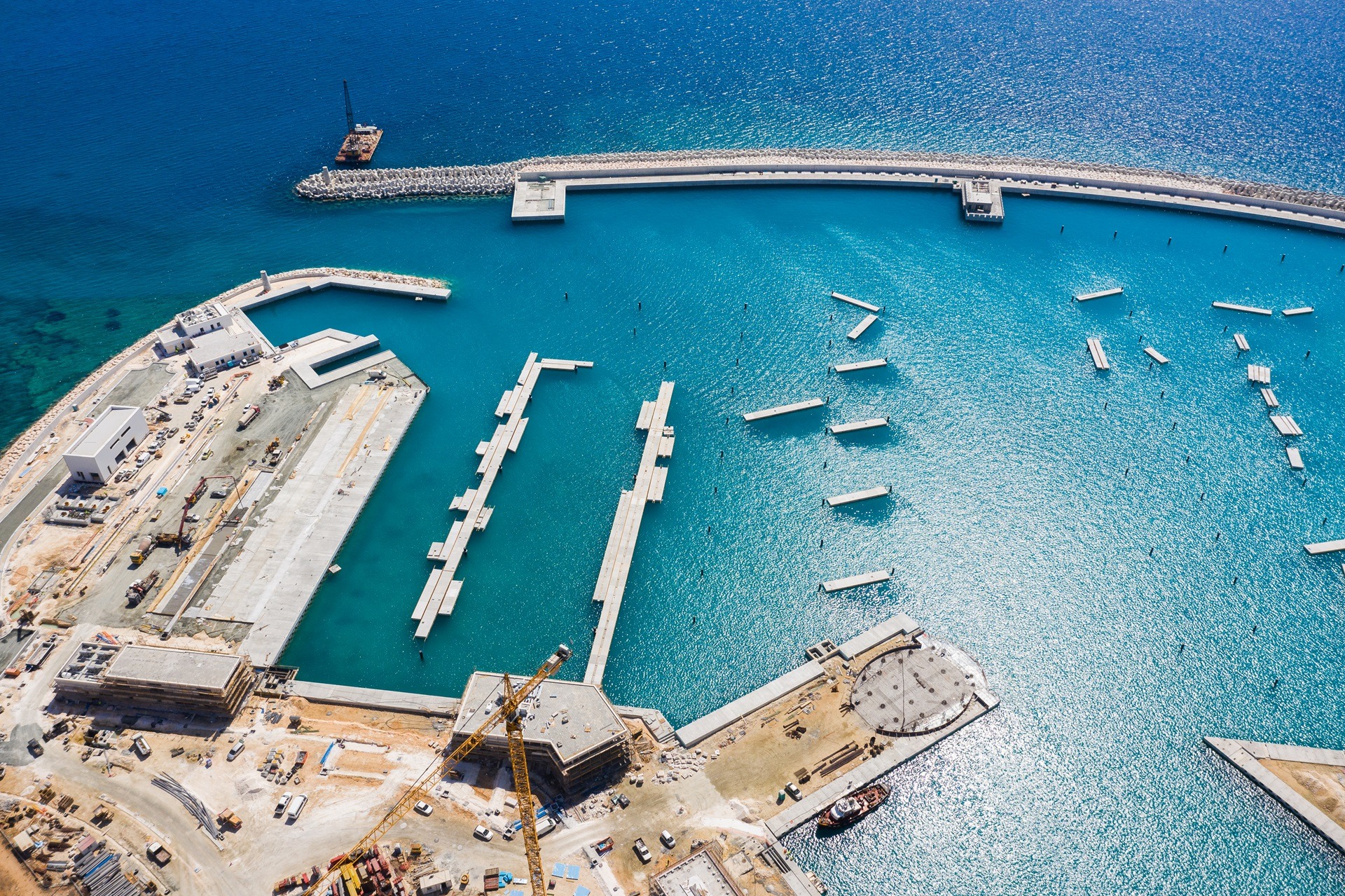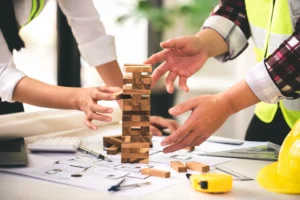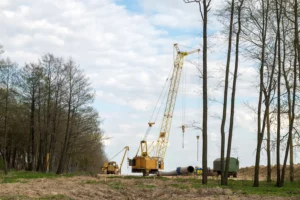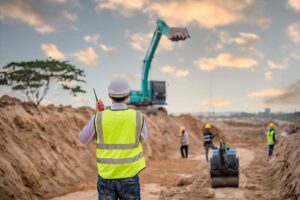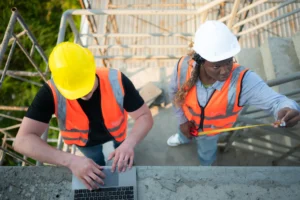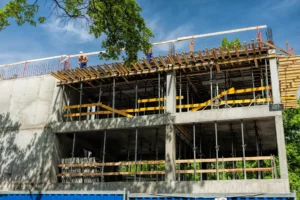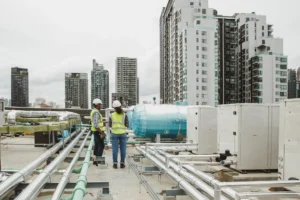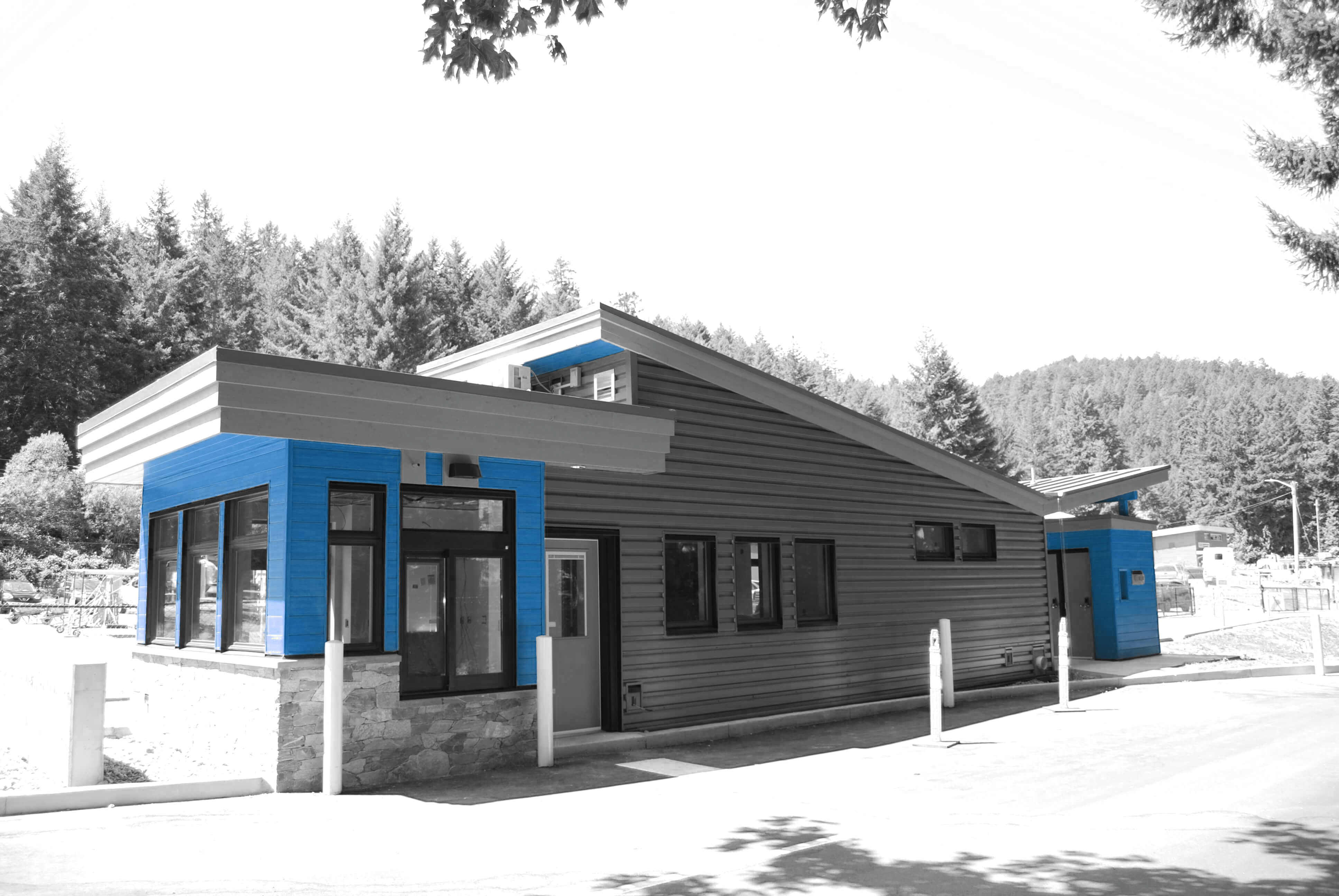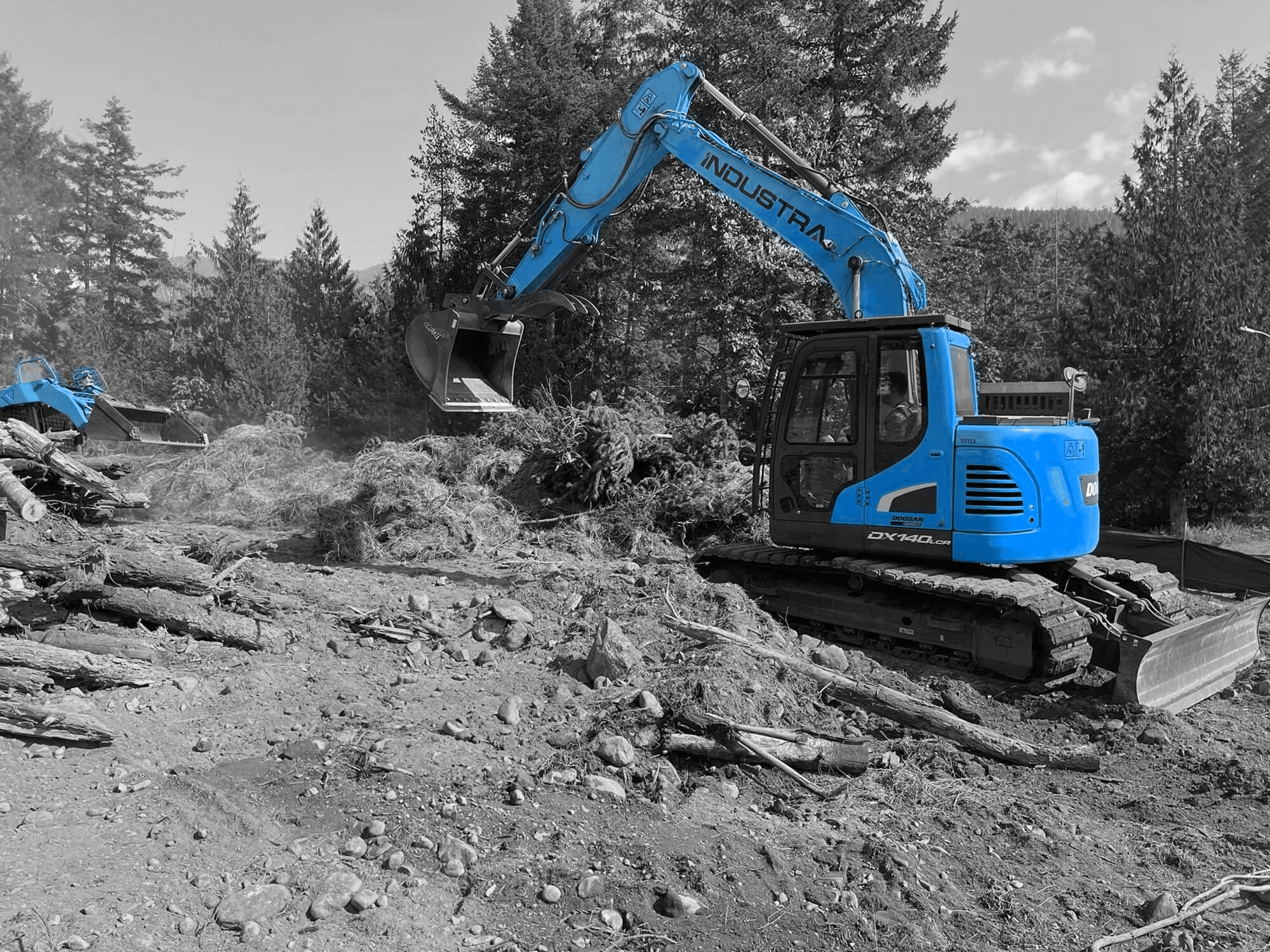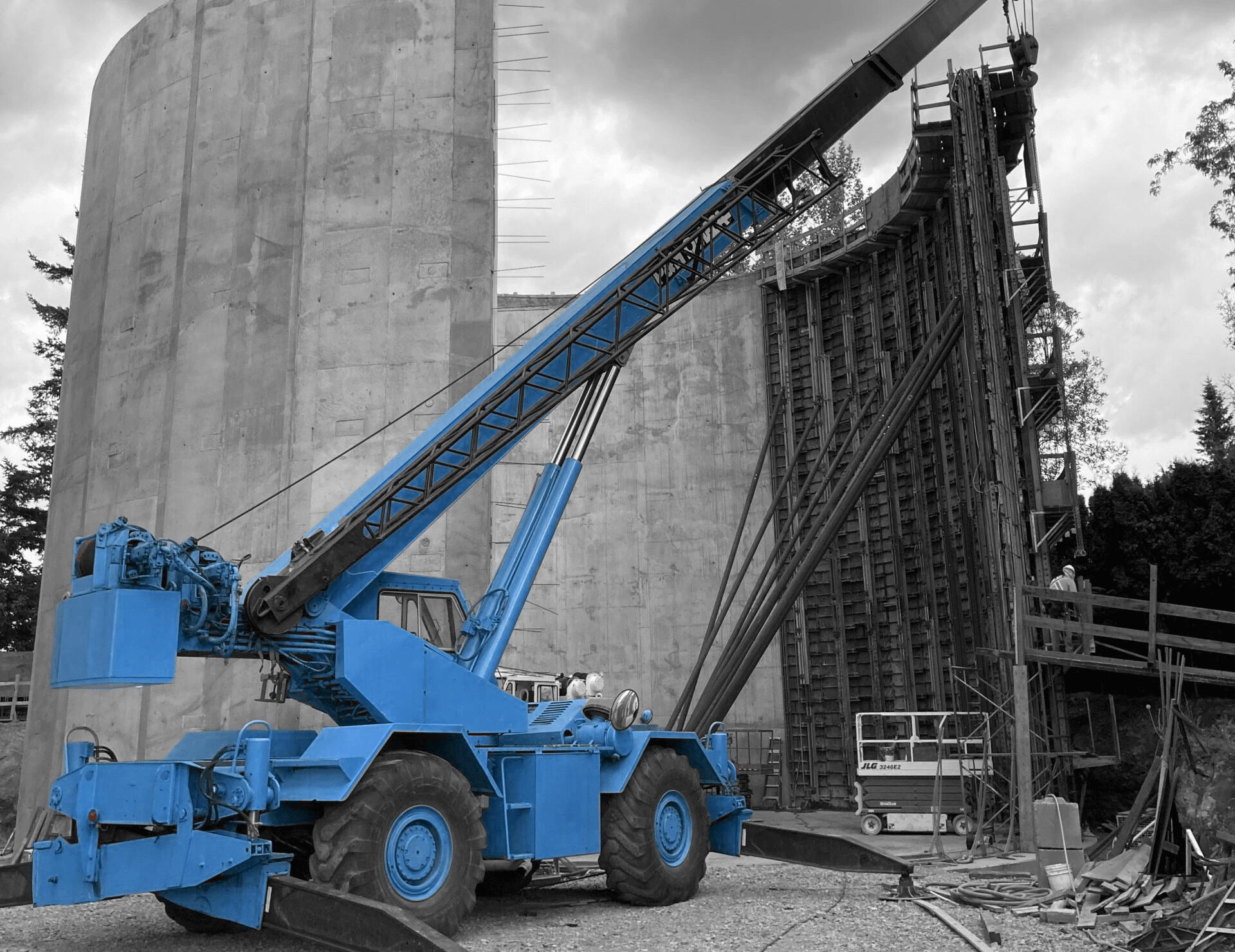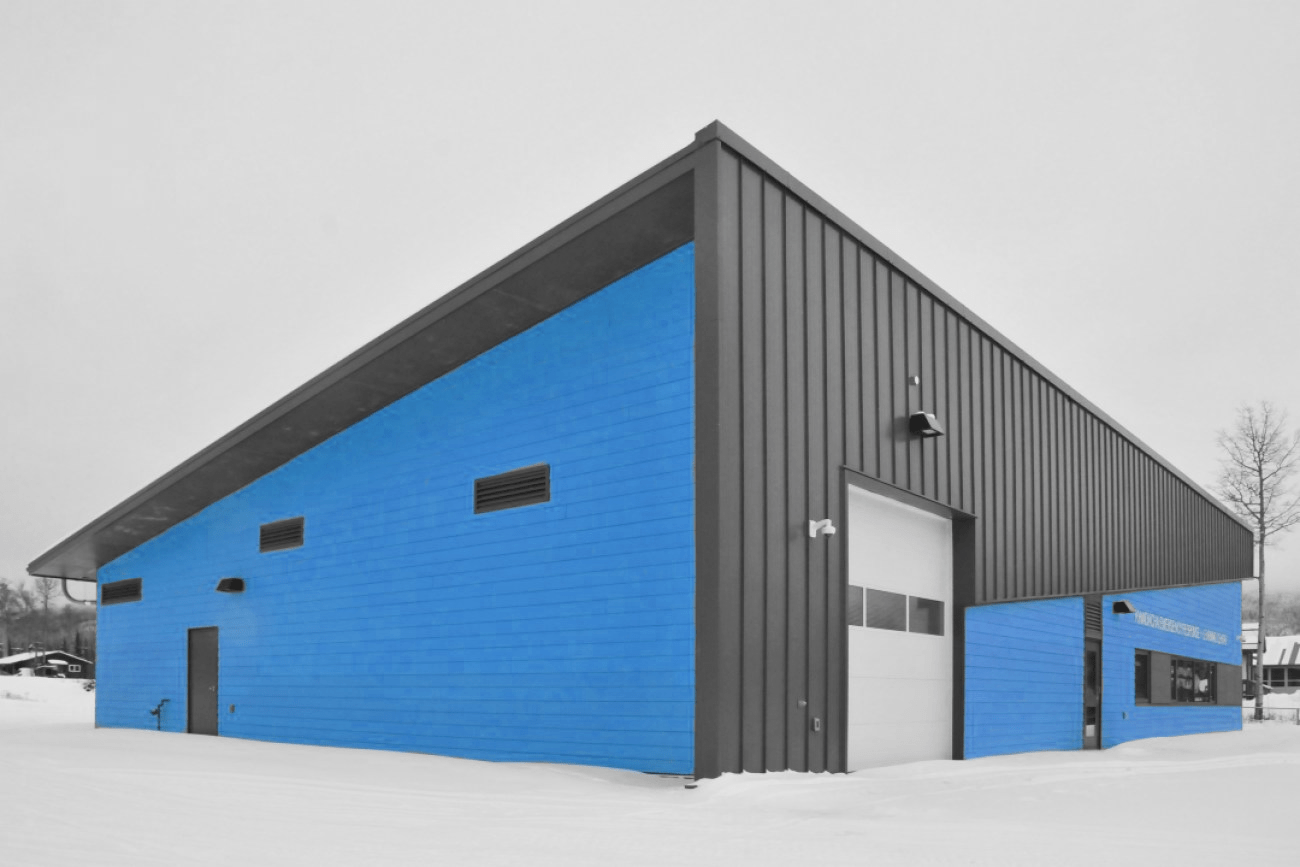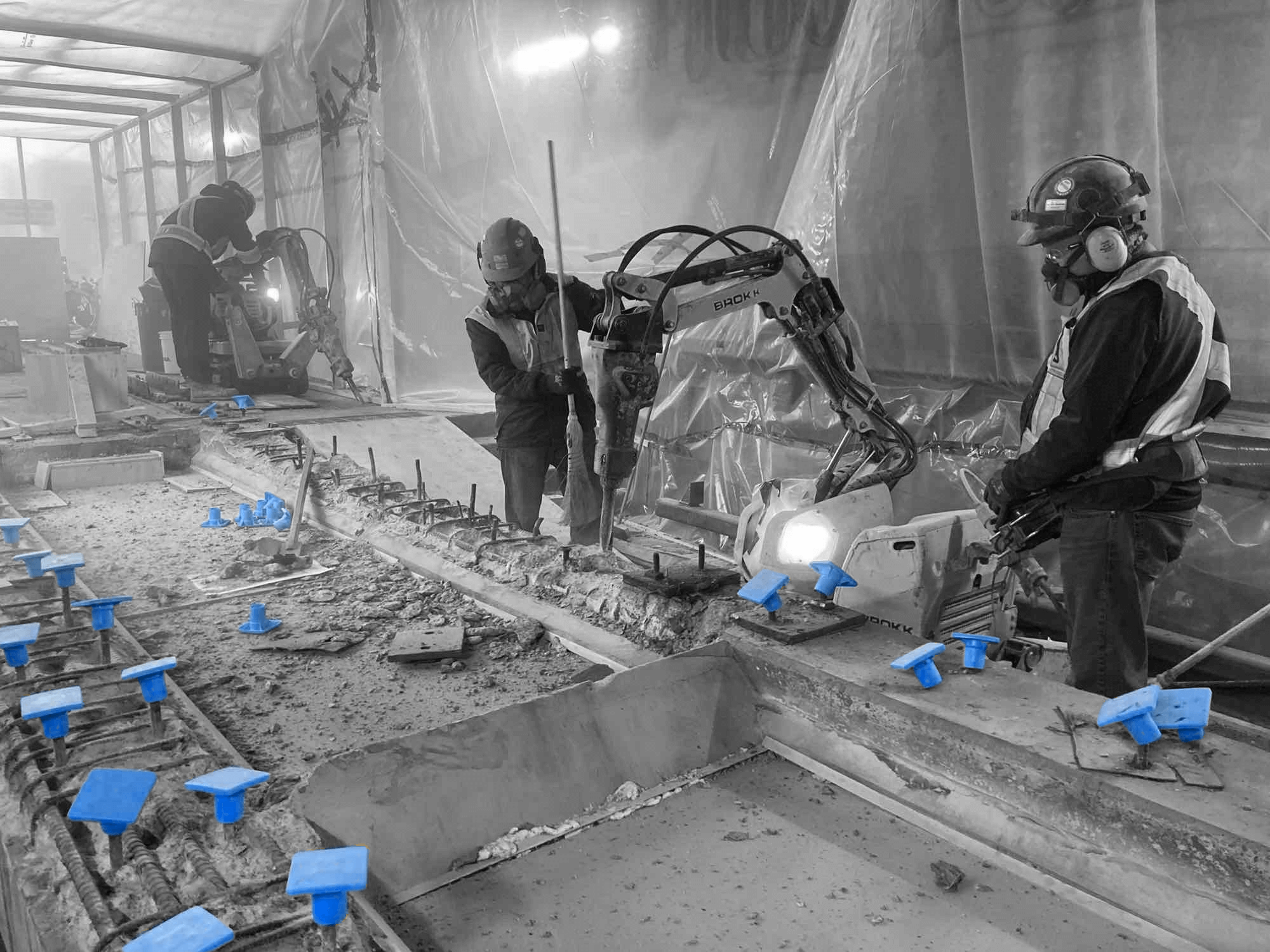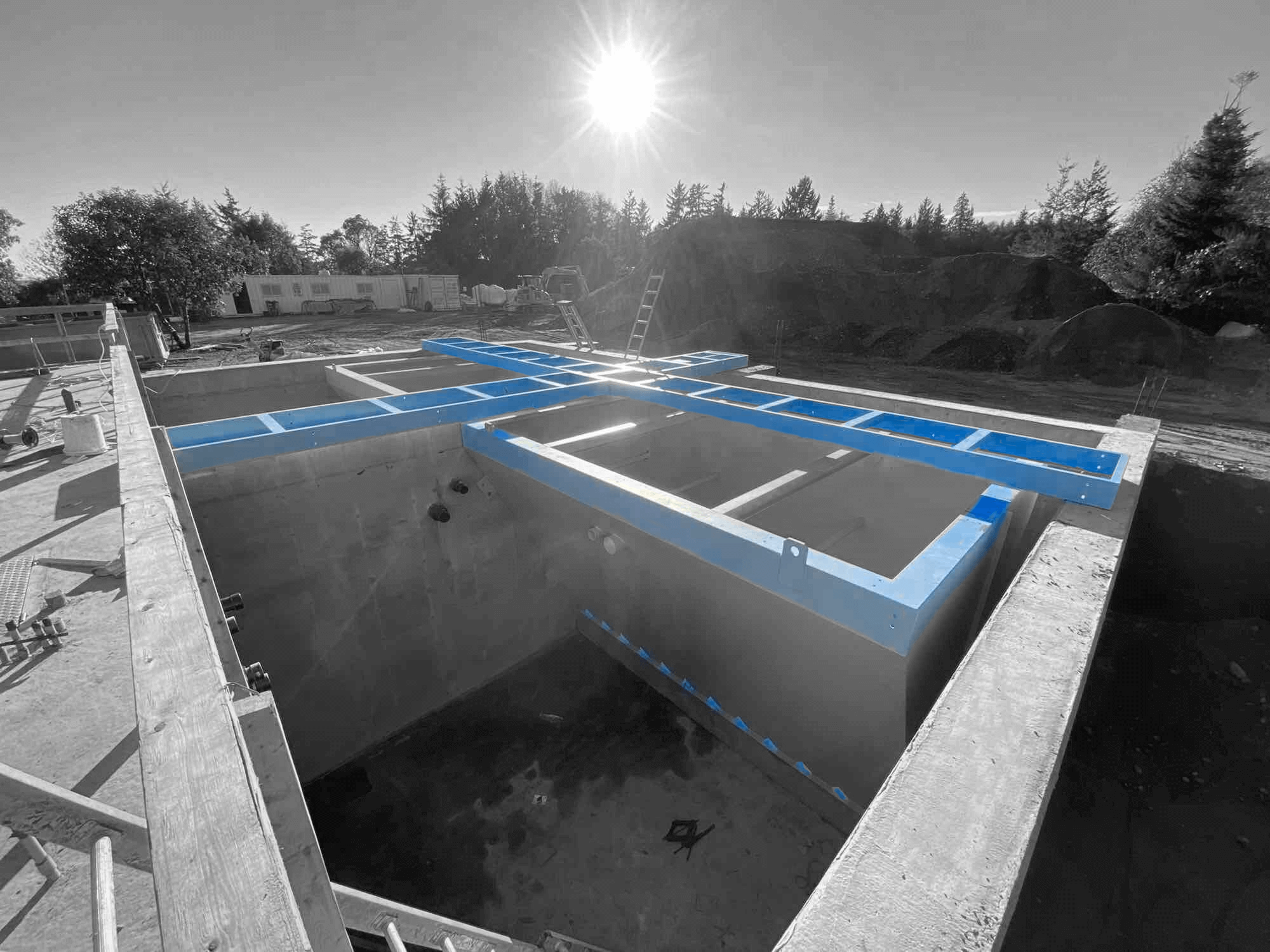Marine construction plays a critical role in the development and maintenance of coastal infrastructure. These projects range from building seawalls and docks to creating ports and marinas. Coastal areas are particularly vulnerable to the impacts of climate change, such as rising sea levels and increased storm activity. Marine construction helps enhance the resilience of these areas by providing robust structures that protect against erosion and flooding.
In addition to improving coastal resilience, marine construction significantly contributes to economic growth. Coastal developments often become hubs of commercial activity, supporting industries like tourism, fisheries, and transportation. Well-planned marine infrastructure can attract businesses and tourists, thereby boosting local economies and creating job opportunities.
Marine construction projects also leverage advanced technologies and specialized techniques to meet the unique challenges of building in aquatic environments. These innovations not only improve the efficiency and safety of construction but also ensure that the infrastructure is built to last. Moreover, sustainable practices in marine construction can lead to various environmental and community benefits, such as enhancing marine habitats and providing recreational spaces for local communities. Through a strategic approach to marine construction, we can achieve a balance between development and environmental stewardship, ensuring long-term sustainability for coastal regions.
Improving Coastal Resilience Through Marine Construction
Marine construction significantly boosts the resilience of coastal areas. Coastal regions are often the first to feel the brunt of natural disasters like hurricanes, floods, and erosion. By building strong, durable structures such as seawalls, breakwaters, and groynes, we can protect shorelines from the devastating impacts of these events. These structures act as barriers, reducing the force of waves and preventing coastal erosion, thus safeguarding properties and ecosystems from damage.
Another important aspect of enhancing coastal resilience is the construction of tidal barriers and flood gates. These systems are designed to manage and control water levels, helping to prevent flooding in low-lying areas. By incorporating advanced materials and engineering techniques, we ensure that these structures are robust enough to withstand extreme weather conditions. This infrastructure not only protects homes and businesses but also preserves essential services such as transportation and utilities, ensuring that communities remain functional during adverse events.
Additionally, marine construction includes the strategic placement of artificial reefs and mangrove restoration projects. These natural barriers further support coastal resilience by absorbing wave energy and stabilizing shorelines. By combining engineered and natural solutions, we create a more comprehensive and effective approach to coastal protection, ensuring the safety and sustainability of coastal areas for future generations.
Enhancing Economic Growth with Coastal Developments
Coastal developments driven by marine construction projects stimulate local economies by creating new opportunities for commerce and industry. Ports and harbours, for instance, facilitate international trade by providing essential infrastructure for the shipping and logistics industries. These facilities enable the efficient movement of goods, enhancing trade and fostering economic growth. By constructing state-of-the-art marine terminals and improving existing ports, we can attract more business, boosting local revenues and providing employment opportunities.
Tourism is another sector that benefits from marine construction. Coastal areas with well-developed marinas, piers, and recreational facilities attract tourists, which in turn drives local businesses. Hotels, restaurants, and shops thrive in these environments, contributing to job creation and economic growth. Moreover, coastal developments often include waterfront parks and promenades, which enhance the aesthetic appeal of the area, drawing more visitors and fostering a vibrant community atmosphere.
Fishing industries also see significant advantages from marine construction projects. Improved docks and processing facilities allow for more efficient operations, increasing the capacity for commercial and recreational fishing. This not only supports local fishermen but also strengthens the entire supply chain, from fish markets to restaurants. By investing in marine infrastructure, we create a ripple effect that benefits a wide range of economic activities, ensuring that coastal communities thrive.
Key Technologies and Techniques in Marine Construction
Advancements in technology and specialized techniques are crucial for successful marine construction projects. One key technology is Building Information Modelling (BIM), which allows us to create detailed 3D models of projects. These models help in better planning and coordination among teams, reducing errors and ensuring the structure is built to exact specifications. BIM also helps to predict potential challenges and address them before construction starts, saving time and resources.
Another essential technique is the use of modular construction. By prefabricating sections of a structure off-site and then assembling them on location, we can speed up the construction process and ensure higher quality control. This method minimizes the impact on the surrounding environment and reduces the risk of delays caused by adverse weather conditions. Modular construction is particularly beneficial for projects in remote or difficult-to-access coastal areas.
Innovative piling techniques are also important in marine construction. Methods such as screw piling and drilled shafts provide strong and stable foundations in soft or unstable soils commonly found in coastal regions. These techniques ensure that structures are securely anchored, reducing the risks associated with shifting sediments and erosion. By using advanced technologies and specialized techniques, we can create more efficient, durable, and sustainable marine infrastructure.
Environmental and Community Benefits of Marine Infrastructure
Marine infrastructure projects offer numerous environmental and community benefits. One major advantage is the enhancement of marine habitats. Artificial reefs, created from materials like repurposed concrete or natural boulders, provide new habitats for marine life, encouraging biodiversity and supporting local fisheries. These projects help maintain ecological balance and create opportunities for recreational activities such as diving and fishing.
Coastal structures like seawalls and breakwaters not only protect shorelines but also create calmer waters, which benefit marine ecosystems. These calmer areas become ideal for seagrass and mangrove plantations, which are crucial for coastal health. Seagrasses and mangroves act as nurseries for many marine species and help filter pollutants from the water, improving overall water quality.
Besides environmental benefits, marine infrastructure projects also bring numerous community advantages. By developing waterfront parks, promenades, and recreational areas, we create spaces where the public can gather, exercise, and enjoy nature. These community-friendly spaces promote social interaction and enhance the quality of life for residents. Additionally, educational programs about marine environments can be integrated into these areas, raising awareness about the importance of coastal ecosystems and inspiring community engagement in conservation efforts.
Conclusion
Marine construction plays a vital role in enhancing coastal resilience, boosting economic growth, and providing environmental and community benefits. By leveraging advanced technologies and specialized techniques, we can build resilient, sustainable structures that protect and enrich coastal areas. Coastal infrastructure developments not only safeguard communities and ecosystems from natural disasters but also stimulate local economies and create spaces for recreation and learning.
At Industra Construction Corp., we are committed to delivering high-quality marine construction projects that balance development with environmental stewardship. Our expertise in EPC design-build and construction services ensures that your coastal infrastructure projects are durable, efficient, and sustainable. For more information on how we can assist with your marine construction needs, contact Industra Construction Corp. today and let’s build a better future together.


